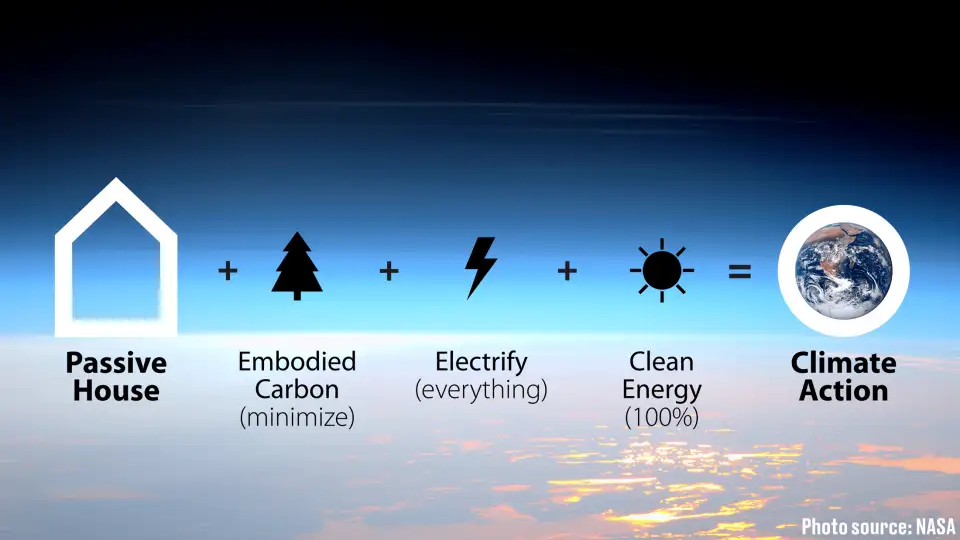
Dear Mr. President,
What a difference a year makes! Earth Day 2020 saw the United States hurtling toward withdrawal from the Paris Climate Accord amidst total abdication of climate responsibility by the White House. Earth Day 2021 has the U.S. “back in” Paris (thank you for that) and you announcing a pledge of 50% reduction in U.S. emissions by 2030 amidst a chorus of similar commitments by nations from around the world.
While surely not perfect, and still a pledge that must be followed with action, it is a breathtaking sea change.
We already knew that this is the pivotal decade for climate action. The “Carbon Law” states that to limit warming at or around 1.5°C we need to halve global emissions by 2030, and then again by 2040, and approach zero by 2050. Today, world governments are finally beginning to align their emissions targets with this physics-based law. That’s a big deal!
Now those same governments—and all of humanity—need solutions that will deliver dramatic and quantifiable reductions in greenhouse gas emissions so that we can reach these targets.
As wickedly complex as the climate problem is, the big picture math behind solution-making can be straightforward. The formula for building decarbonization is to maximize energy efficiency, minimize embodied carbon, electrify everything, and power it all with clean energy. Deep energy efficiency in buildings is vital because it makes the transition to a 100% clean energy grid easier by reducing demand and flattening peak loads (especially winter heat loads in northern climates).
Fortunately, we have a proven solution to building energy efficiency at our fingertips: Passive House design and construction. It works on new construction and on retrofits and it delivers transformational thermal energy reductions: up to 90% less heating and cooling demand than in conventional buildings.
We’ve worked it out: Passive House, plus low embodied carbon construction, plus building electrification, plus 100% clean energy, equals building decarbonization. We know how to do this reliably and affordably, and we’re ready to get to work on a just “clean building” transition with you.
As you work out the policy details at the federal level (and we in the Passive House and broader zero carbon building communities are at your service to help in that effort), “subnational” governments (states, provinces, counties, cities) in the U.S. and around the world can draw on great Passive House policy examples to accelerate building decarbonization in their jurisdictions. We have those solutions at our fingertips, too. We’ll be sharing many of them at our Passive House Policy Summit on Monday, April 26. (Learn more here.)

I cannot express enough how excited and relieved I am that White House policy has shifted to a science-based commitment to climate action and quantifiable progress. Passive House offers a science-based and quantifiable solution to building decarbonization. Let’s harness it to make the shift to zero carbon building.
Thanks, Joe!
Sincerely,
A Considerably More Hopeful Constituent